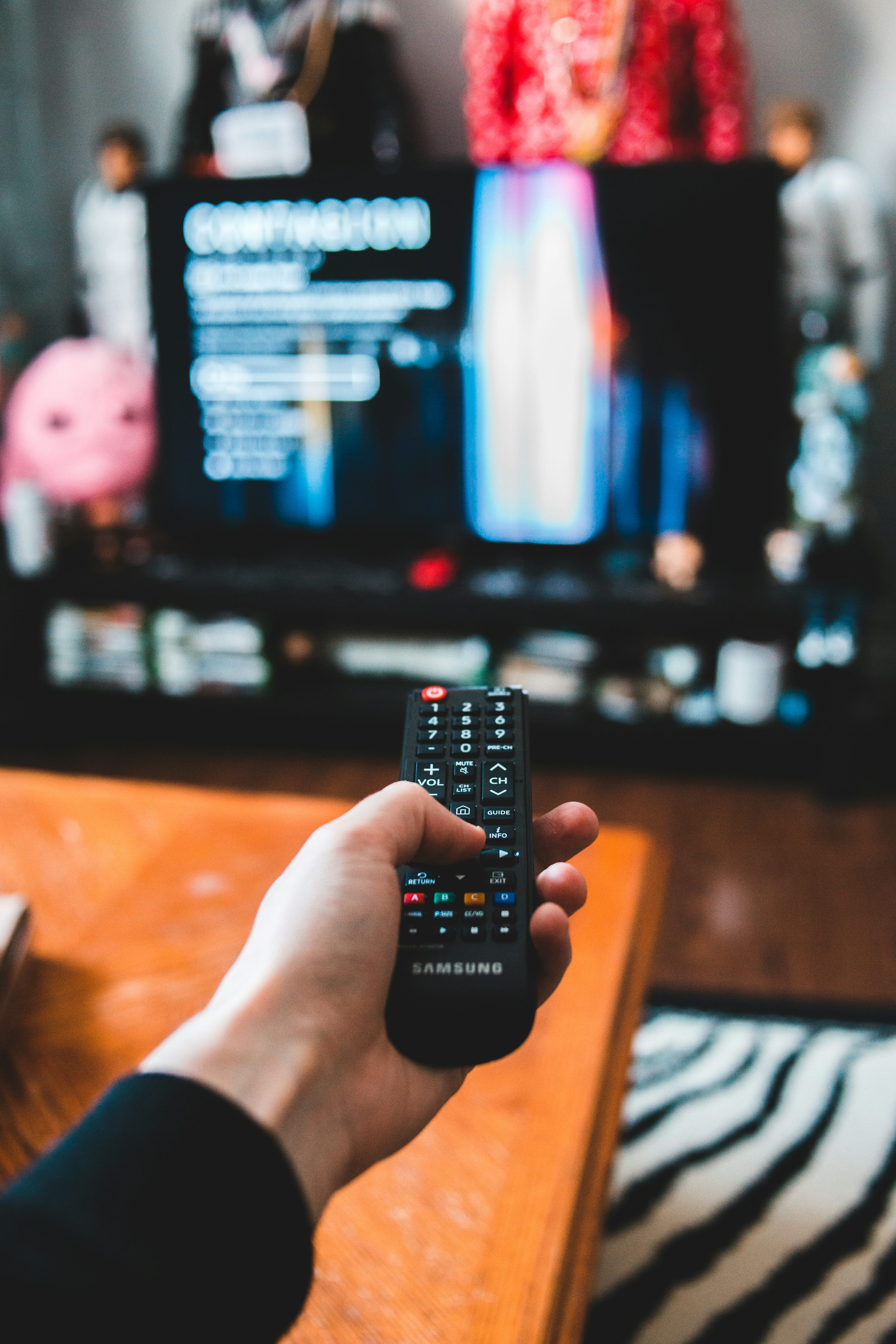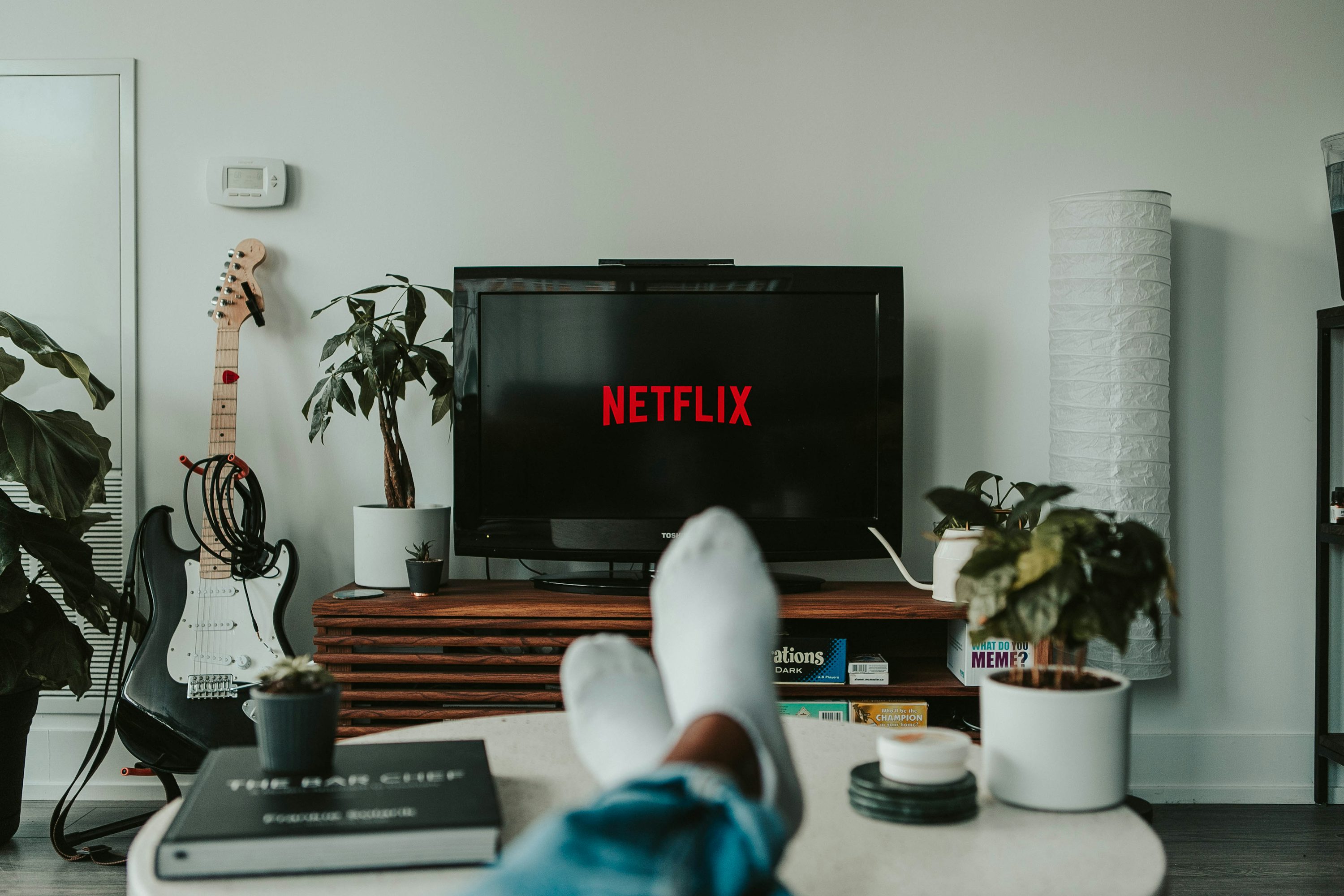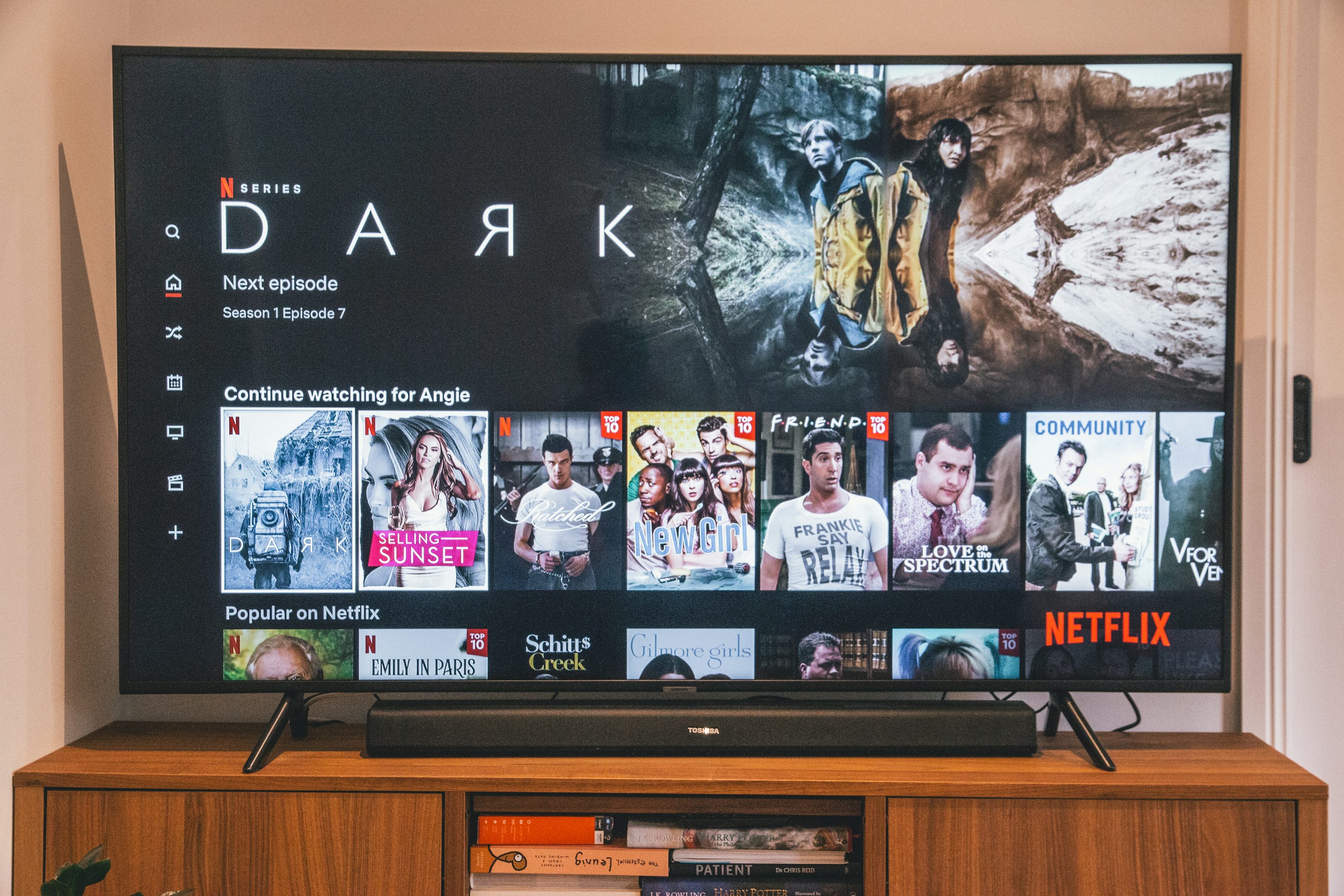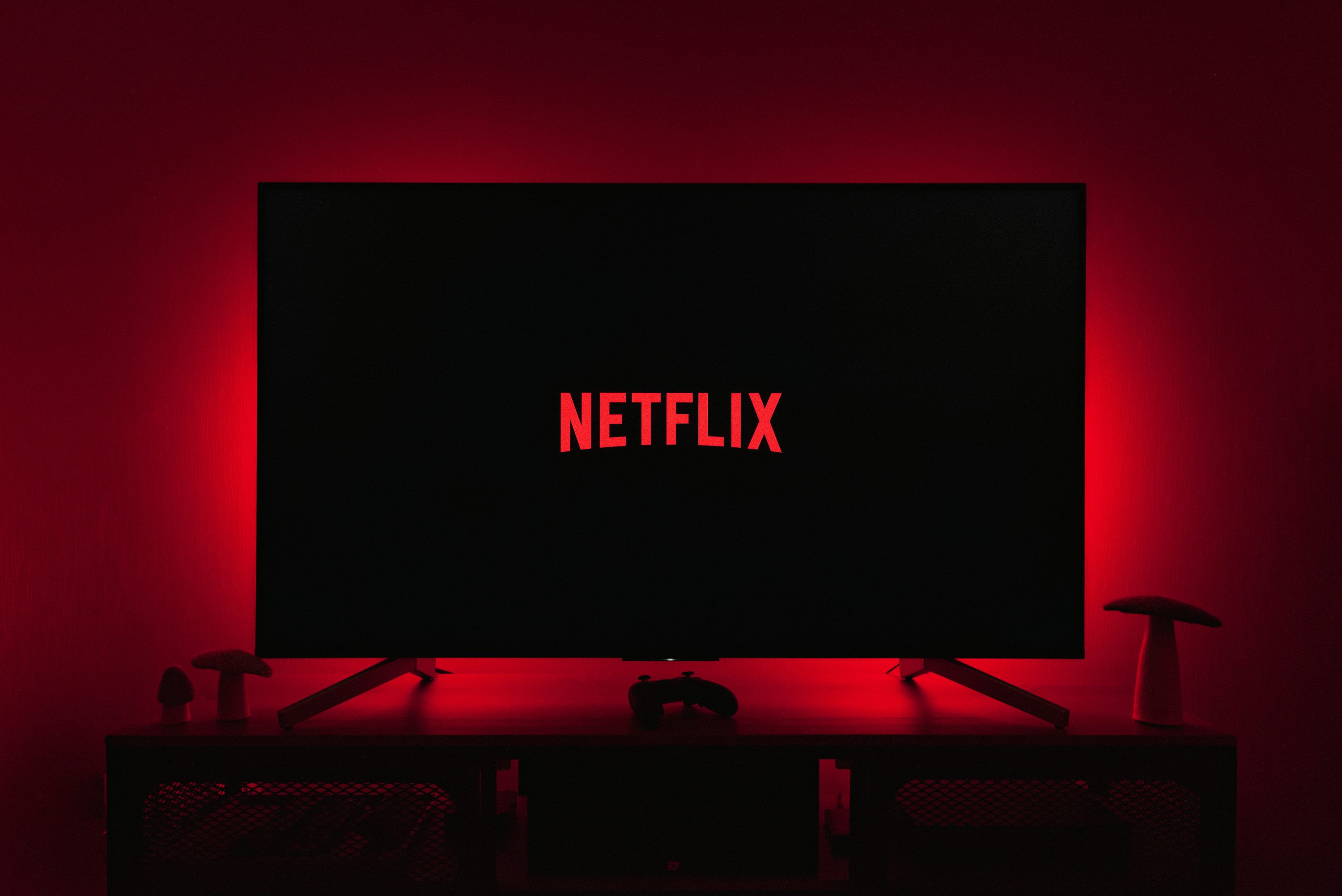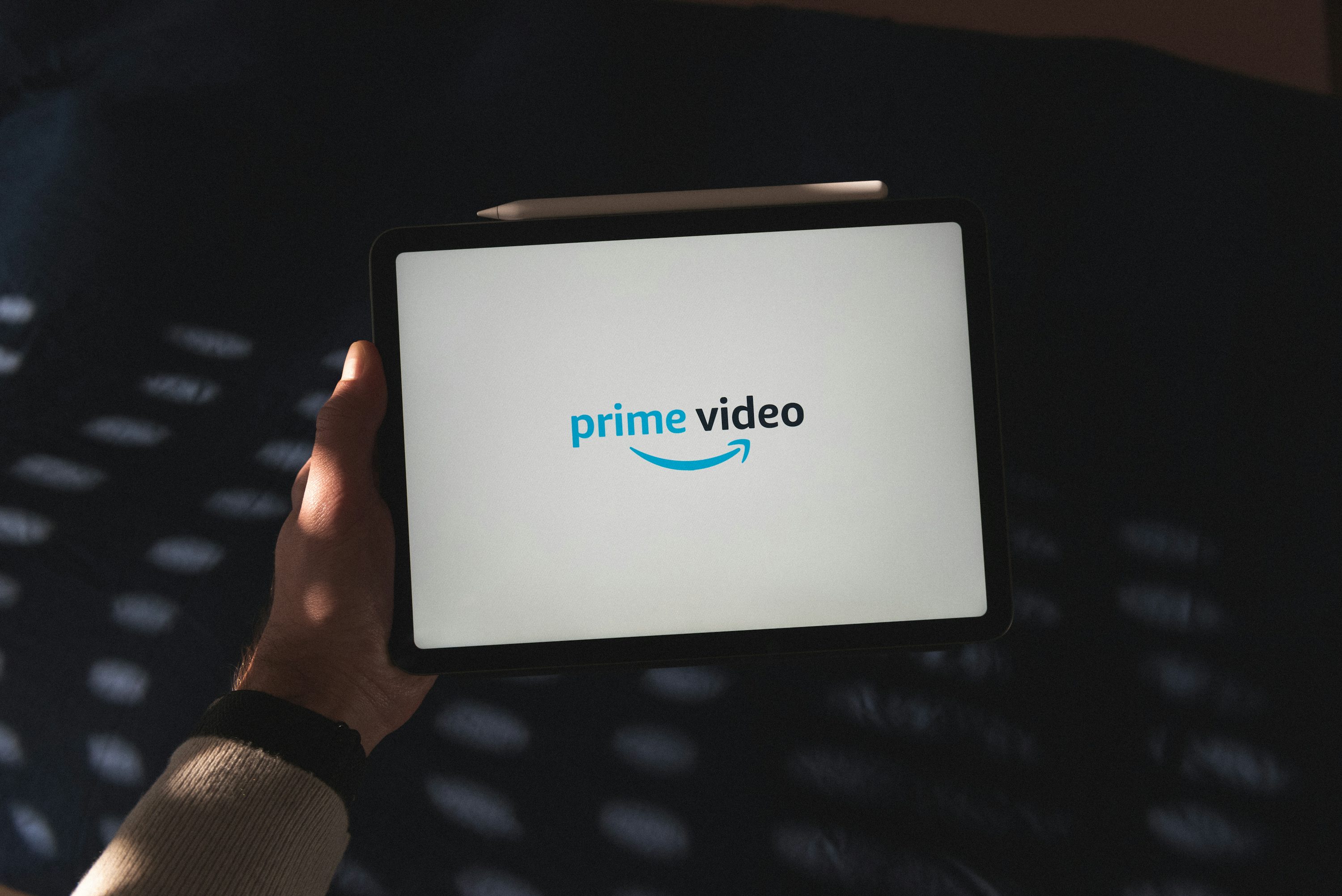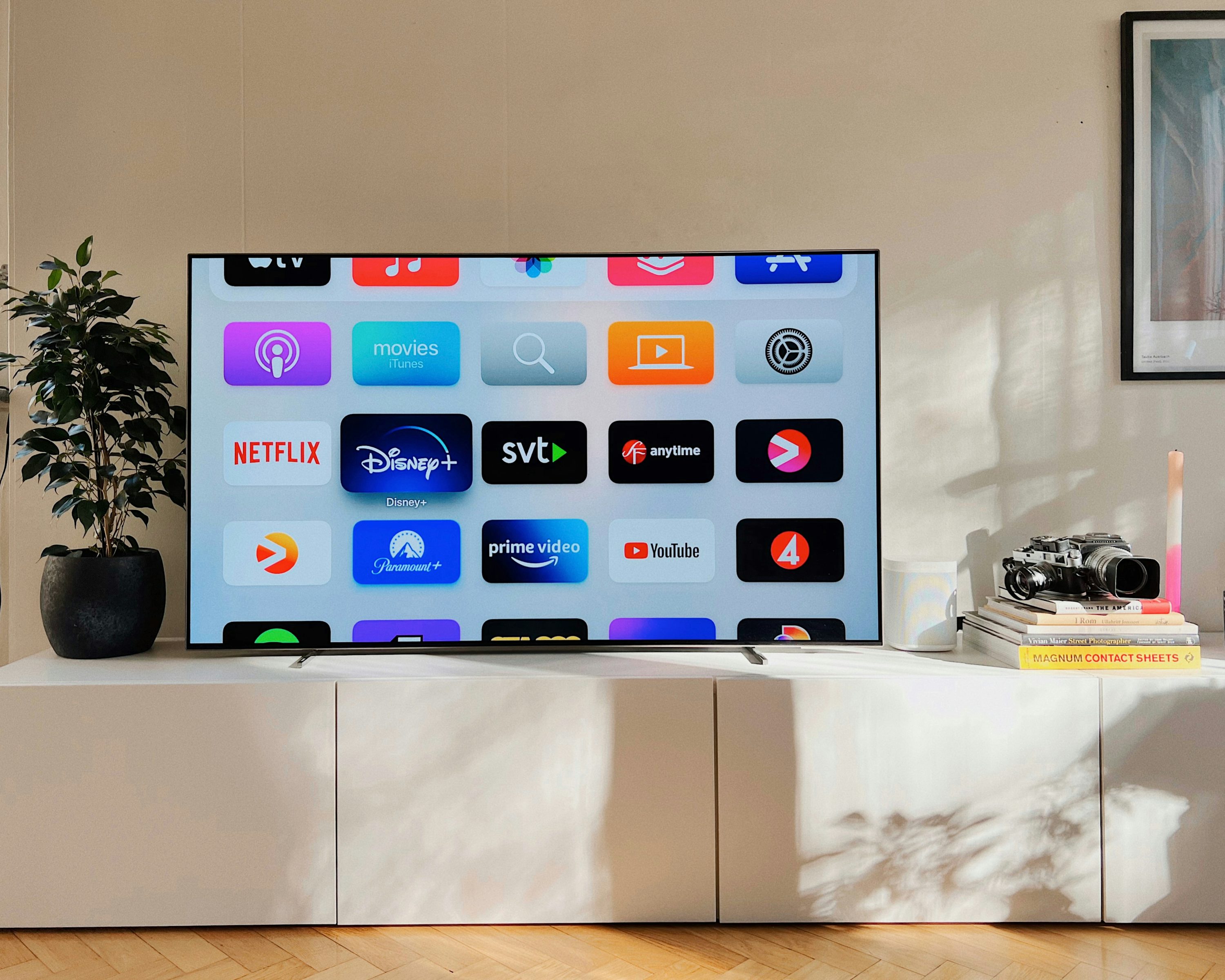
Multi Connection IPTV: Stream Content Across Multiple Devices Simultaneously
Multi Connection IPTV: Stream Content Across Multiple Devices Simultaneously
In today’s digital age, the way we consume television content has dramatically evolved. Gone are the days when families gathered around a single TV set to watch their favorite shows. Now, with the rise of IPTV (Internet Protocol Television) services, particularly multi connection IPTV, viewers can enjoy unprecedented flexibility in how, when, and where they watch content. But what exactly is multi connection IPTV, and why has it become so popular?
Multi connection IPTV allows users to stream television content on multiple devices simultaneously using a single subscription. This means that family members can watch different channels or programs at the same time on separate devices, eliminating the age-old battle for the remote control. Whether you’re watching on a smart TV in the living room, a tablet in the kitchen, or a smartphone in bed, multi connection IPTV makes it all possible.
As we explore this revolutionary way of consuming television content, we’ll dive into how it works, its benefits, potential limitations, and how to choose the right provider for your needs. Let’s get started!
Understanding How Multi Connection IPTV Works
At its core, IPTV delivers television content over internet protocol networks rather than through traditional satellite or cable formats. This fundamental difference is what enables the flexibility of multi connection services. But how exactly does it work?
When you subscribe to a multi connection IPTV service like IPTV Rapid, you’re essentially purchasing access to a server that streams television channels and on-demand content. The “multi connection” aspect refers to how many separate devices can connect to this server simultaneously using your account credentials.
Think of it like a Netflix account that allows multiple profiles and simultaneous streams, but with live TV channels and a much broader content library. The technical process involves several steps:
- Content acquisition: The IPTV provider obtains television content from various sources.
- Content conversion: This content is then encoded and compressed into digital formats suitable for internet streaming.
- Content delivery: When you request a channel or program, the server sends the data packets to your device over the internet.
- Content display: Your device receives these packets, buffers them, and displays the content on your screen.
What makes multi connection IPTV special is that this process can happen independently for multiple devices at once. For example, someone could be watching sports in the living room while another family member streams a movie in the bedroom, all using the same subscription.
The number of connections offered varies by provider. Some basic packages might offer just two connections, while premium services like those from IPTV Rapid’s multi-device plans can offer four, five, or even more simultaneous connections. This scalability makes it suitable for households of various sizes and needs.
Key Benefits of Multi Connection IPTV Services
The surge in popularity of multi connection IPTV isn’t coincidental—it offers numerous advantages over traditional television services and even single-connection IPTV. Let’s explore the most significant benefits that are driving consumers to make the switch.
Cost-effectiveness stands out as perhaps the most compelling advantage. Instead of paying for multiple cable or satellite subscriptions for different rooms in your home, or subscribing to several streaming services, a single multi connection IPTV subscription covers all your needs. When you break down the cost per viewer, the savings become substantial, especially for larger households.
Flexibility is another major benefit. Family members no longer need to compromise on what to watch. With multiple connections, everyone can enjoy their preferred content simultaneously on different devices. This eliminates the classic “remote control wars” that have plagued families for generations!
- Device compatibility: Multi connection IPTV works across various devices including smart TVs, smartphones, tablets, computers, and streaming devices like Amazon Fire Stick or Apple TV.
- Content diversity: Access thousands of channels from around the world, plus on-demand movies and shows—all with one subscription.
- Convenience: Watch anywhere with an internet connection, whether at home or on the go.
- No hardware limitations: Unlike traditional cable that requires a box for each TV, IPTV can work with your existing devices.
The content variety is truly impressive. Most services offer an extensive channel list spanning international options, sports packages, movie channels, and specialized content that might not be available through conventional providers in your region.
For families with diverse viewing preferences, this means everyone can find something they enjoy. Parents might watch news in the living room while kids enjoy cartoons on tablets and teenagers stream the latest shows on their laptops—all simultaneously and without conflicts.
Setting Up Multi Connection IPTV on Different Devices
One of the most appealing aspects of multi connection IPTV is its versatility across different devices. Setting up your service on various platforms is generally straightforward, though the specific steps vary depending on the device. Let’s walk through the setup process for the most common devices.
For Smart TVs, the process typically involves downloading the appropriate IPTV app from your TV’s app store. Popular options include IPTV Smarters Pro, GSE Smart IPTV, or TiviMate. Once installed, you’ll need to input your subscription details provided by your service provider like IPTV Rapid. These usually include a username, password, and sometimes a server URL.
Setting up on smartphones and tablets follows a similar pattern. For Android devices, apps like IPTV Smarters Pro or Perfect Player can be downloaded from the Google Play Store. iOS users can find compatible apps in the App Store, though the options might be more limited due to Apple’s stricter policies. After installation, enter your credentials to access your content.
For streaming devices like Amazon Fire Stick, Roku, or Apple TV, the process involves:
- Installing a compatible IPTV application from the device’s app store
- Launching the app and navigating to the login or setup section
- Entering your subscription details
- Customizing your interface preferences if desired
Computer setup is perhaps the simplest option. You can either use web-based players that run directly in your browser or download dedicated applications like VLC Media Player or MyIPTV Player. Many providers also offer direct web access to their service through a portal.
A crucial aspect to remember is that each device counts as one connection when active. If your subscription allows for three connections, you can have three devices streaming simultaneously. If you attempt to exceed your connection limit, you’ll typically receive an error message or the stream won’t start.
For optimal performance on any device, a stable internet connection is essential. Most IPTV services recommend a minimum speed of 25 Mbps for HD content, and higher for 4K streaming. If multiple devices will be streaming simultaneously, ensure your internet bandwidth can handle the combined load.
Comparing Single vs. Multi Connection IPTV Subscriptions
When considering an IPTV service, one of the first decisions you’ll face is whether to opt for a single connection or multi connection subscription. Understanding the differences between these options can help you make an informed choice based on your household’s specific needs.
Single connection IPTV subscriptions, as the name suggests, allow only one device to stream content at any given time. This option is typically more affordable and might be sufficient for individuals living alone or couples who generally watch TV together. The primary limitation is obvious—only one person can watch at a time, which can create conflicts in households with multiple viewers.
Multi connection subscriptions, by contrast, support simultaneous streaming on multiple devices. These plans come at a higher price point but offer significantly more flexibility. The cost increase is rarely proportional to the number of connections—for example, a four-connection plan might cost only 1.5 to 2 times more than a single connection plan, making it very economical on a per-viewer basis.
| Feature | Single Connection | Multi Connection |
|---|---|---|
| Simultaneous viewers | 1 | 2-5+ (varies by plan) |
| Cost | Lower | Higher but better value per connection |
| Suitability | Individuals, couples | Families, shared households |
| Content access | Same content library | Same content library |
When deciding between these options, consider your household size and viewing habits. Do family members typically watch TV together or separately? Do you have multiple TVs in different rooms? Are there competing interests when it comes to content preferences? If household members often want to watch different programs simultaneously, a multi connection subscription from IPTV Rapid’s pricing plans would be the better choice.
It’s also worth noting that some providers offer flexible options. For instance, you might start with a single connection and upgrade later if needed. Others might offer temporary connection boosts for special occasions when you have guests. Check with your provider about such flexibility before committing to a plan.
Potential Challenges and How to Overcome Them
While multi connection IPTV offers numerous benefits, users may encounter certain challenges. Being aware of these potential issues and knowing how to address them can help ensure a smoother viewing experience. Let’s explore some common problems and their solutions.
Internet bandwidth limitations often top the list of challenges. When multiple devices stream simultaneously, they compete for your home network’s bandwidth. If your internet connection isn’t robust enough, this can result in buffering, pixelation, or outright stream failures. To mitigate this issue, consider upgrading your internet plan to accommodate multiple HD or 4K streams. As a rule of thumb, each HD stream requires about 5-8 Mbps, while 4K streams need 25 Mbps or more.
Connection stability can also be problematic, especially with wireless connections. For the best experience, connect your primary viewing devices (like smart TVs) via Ethernet cable rather than Wi-Fi when possible. If you must use Wi-Fi, ensure your router is centrally located and consider mesh Wi-Fi systems for larger homes to eliminate dead zones.
Technical issues with apps or devices occasionally arise. Common troubleshooting steps include:
- Restarting the app or device
- Clearing the app’s cache
- Ensuring you’re using the latest version of the app
- Checking that your subscription is active and hasn’t expired
- Contacting customer support if problems persist
Service reliability varies among providers. Research potential services thoroughly by reading reviews and perhaps starting with a shorter subscription period before committing long-term. Reputable providers like IPTV Rapid typically offer more stable services and responsive customer support.
Some users may have concerns about the legality of IPTV services. While many IPTV providers operate legitimately, others may offer content without proper licensing. To stay on the right side of the law, choose providers that work with content owners and have clear terms of service. If a deal seems too good to be true—offering thousands of premium channels for a few dollars—it likely involves unauthorized content.
Finally, be aware of potential refund policy limitations. Before subscribing, understand the provider’s policies regarding refunds, service guarantees, and what happens if the service experiences extended downtime.
How to Choose the Right Multi Connection IPTV Provider
With numerous IPTV providers offering multi connection services, selecting the right one can be overwhelming. However, by focusing on several key factors, you can narrow down your options and find a provider that best suits your needs.
Content variety should be your primary consideration. Different providers offer different channel lineups, so check if the service includes the specific channels and content you and your family enjoy. Look for providers that offer a comprehensive channel list on their website, allowing you to verify availability before subscribing. Consider whether the service includes local channels, international options, sports packages, and on-demand content that matches your interests.
Connection quality and reliability are equally important. Even the most extensive content library is worthless if streams constantly buffer or fail. Research the provider’s reputation for stable connections and server reliability. Reading user reviews can provide valuable insights into real-world performance. Some providers offer free trials or money-back guarantees, which allow you to test the service quality firsthand before making a long-term commitment.
Price structure and subscription options vary widely among providers. Compare not just the base price but also:
- Number of connections included
- Contract length options (monthly, quarterly, annual)
- Discounts for longer-term commitments
- Additional fees for premium content
- Upgrade options if you need more connections later
Customer support quality can make or break your experience, especially if you encounter technical issues. Evaluate the provider’s support channels—do they offer live chat, email, phone support, or just a knowledge base? Check their hours of operation and typical response times. A provider with 24/7 support like IPTV Rapid’s support team can be invaluable, especially if you encounter issues during prime viewing hours.
Device compatibility is another crucial factor. Ensure the service works with all the devices you plan to use. Most reputable providers support common platforms like Android, iOS, Windows, Mac, Amazon Fire Stick, and various smart TVs, but it’s always best to confirm specific compatibility before subscribing.
Finally, consider the provider’s longevity and reputation in the market. Established providers with a track record of reliable service are generally preferable to newcomers with limited history. Check how long the provider has been in business and look for reviews across multiple platforms to get a comprehensive picture of their reputation.
The Future of Multi Connection IPTV Technology
As we look ahead, the landscape of multi connection IPTV is poised for significant evolution. Emerging technologies and changing consumer behaviors are shaping what promises to be an exciting future for this already revolutionary form of content delivery.
Integration with smart home ecosystems represents one of the most promising developments on the horizon. We’re beginning to see IPTV services that can interact with voice assistants like Alexa, Google Assistant, and Siri, allowing for hands-free control of your viewing experience. Imagine simply saying, “Play the news in the kitchen and cartoons in the kids’ room,” and having your multi connection IPTV service automatically distribute the appropriate content to different devices throughout your home.
Artificial intelligence will likely play an increasingly important role in personalizing the viewing experience. Advanced recommendation algorithms could analyze the viewing habits of different family members using the same subscription and provide tailored content suggestions for each user profile. This level of personalization could make discovering new content more intuitive and relevant to individual tastes.
Higher quality streaming capabilities are also on the horizon. As internet infrastructure continues to improve globally, we can expect more IPTV providers to offer 4K, 8K, and even higher resolution content as standard. Additionally, technologies like HDR (High Dynamic Range) and advanced audio formats will enhance the sensory experience, bringing theater-quality entertainment into homes.
The boundary between traditional IPTV and other streaming services is likely to blur further. We’re already seeing some providers integrate third-party streaming platforms into their interfaces, creating a unified content ecosystem. This convergence could eventually lead to comprehensive entertainment hubs that combine live TV, on-demand content, gaming, and social media in one seamless interface.
Mobile viewing will continue to grow in importance. With 5G networks expanding rapidly, watching high-quality IPTV content on mobile devices will become even more viable. This could lead to innovative features specifically designed for on-the-go viewing, such as improved data-saving modes or location-based content suggestions.
For consumers considering investing in multi connection IPTV today, these future developments suggest that the technology has staying power and will continue to evolve rather than being replaced. Providers like IPTV Rapid that demonstrate a commitment to adopting new technologies and features will likely offer the best long-term value.
Visit the IPTV Rapid blog to stay updated on the latest developments in IPTV technology and get tips for maximizing your viewing experience. As this technology continues to mature, we can expect even more innovative features that enhance how we consume television content across multiple devices.
Conclusion: Is Multi Connection IPTV Right for You?
After exploring the ins and outs of multi connection IPTV services, you may be wondering if this technology is the right fit for your household. The answer, as with most technology choices, depends on your specific circumstances, preferences, and viewing habits.
For families and shared households, multi connection IPTV offers clear advantages. The ability for different household members to watch their preferred content simultaneously eliminates conflicts over the TV remote and creates a more harmonious home entertainment environment. If your household frequently experiences “TV wars” or if you have multiple viewing areas, the benefits of multi connection IPTV are substantial and immediate.
The cost-effectiveness factor cannot be overstated. When you compare the price of a multi connection IPTV subscription to the combined cost of traditional cable packages, multiple streaming services, and additional cable boxes for each room, the savings are often significant. For budget-conscious consumers who don’t want to compromise on entertainment options, this technology presents an attractive alternative.
Content variety is another compelling reason to consider multi connection IPTV. If you enjoy international programming, niche sports, or specialized content that’s difficult to find on mainstream platforms, IPTV services often provide access to thousands of channels from around the world. This global reach can be particularly valuable for expatriates wanting to stay connected with home country programming or sports fans following leagues not widely broadcast in their region.
However, multi connection IPTV may not be ideal for everyone. Single-person households or couples who typically watch content together might find a single connection subscription sufficient for their needs. Similarly, those with limited internet bandwidth might experience frustration if they attempt to run multiple streams simultaneously without adequate infrastructure.
Before making your decision, consider taking advantage of free trials or money-back guarantee periods offered by providers like IPTV Rapid. This hands-on experience will give you a better sense of the service quality, content availability, and overall user experience than any review or description could provide.
If you decide to proceed with multi connection IPTV, start by assessing your household’s viewing patterns to determine how many connections you truly need. There’s no point paying for five connections if you’ll only ever use three simultaneously. Choose a reputable provider with good customer support, clear terms of service, and a track record of reliability.
Ultimately, multi connection IPTV represents the future of television consumption—flexible, personalized, and unbounded by traditional limitations. For many households, it’s not a question of if they’ll make the switch, but when.
